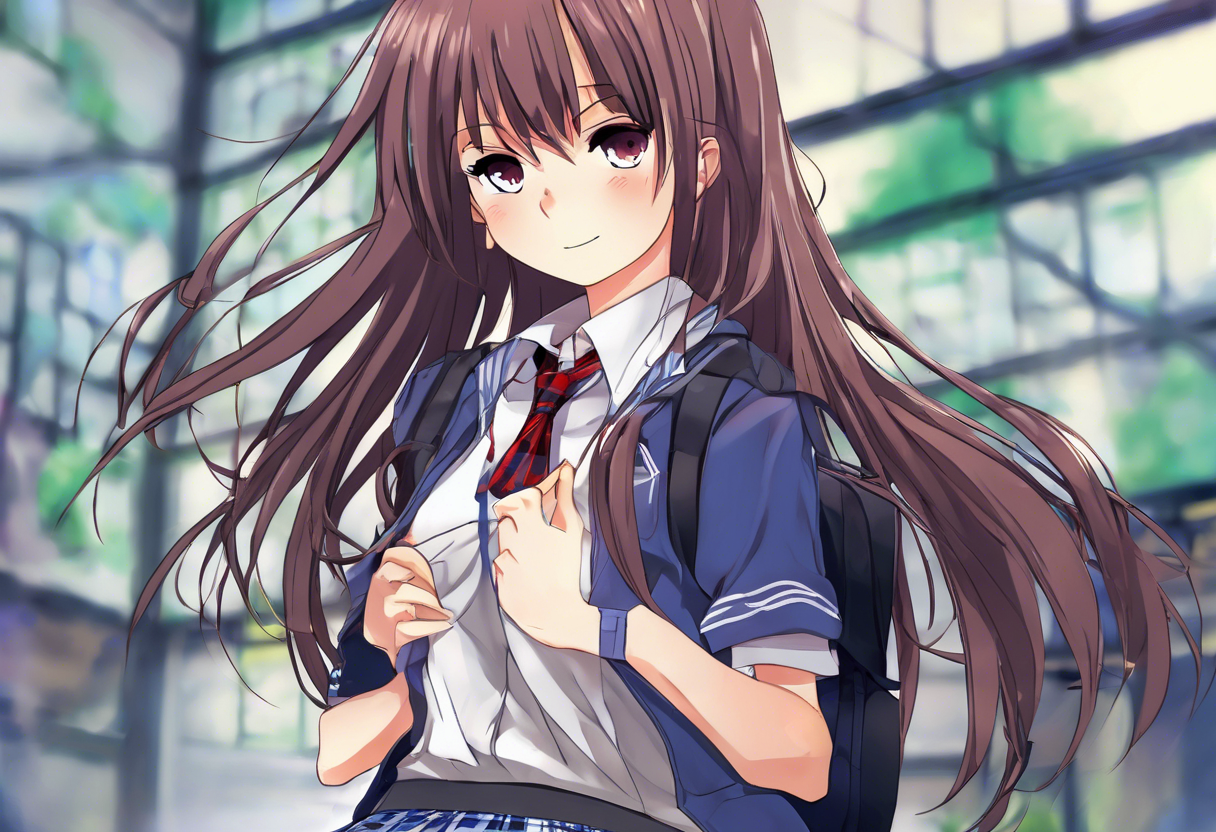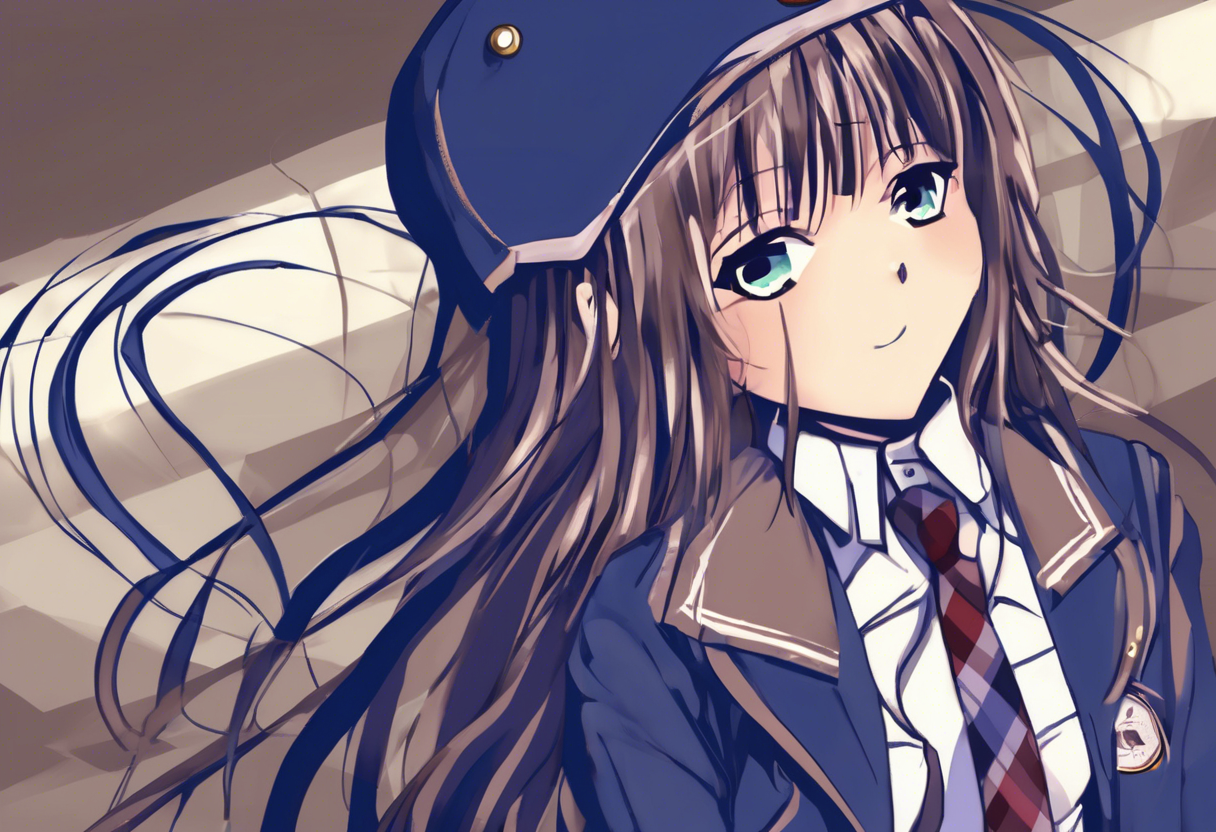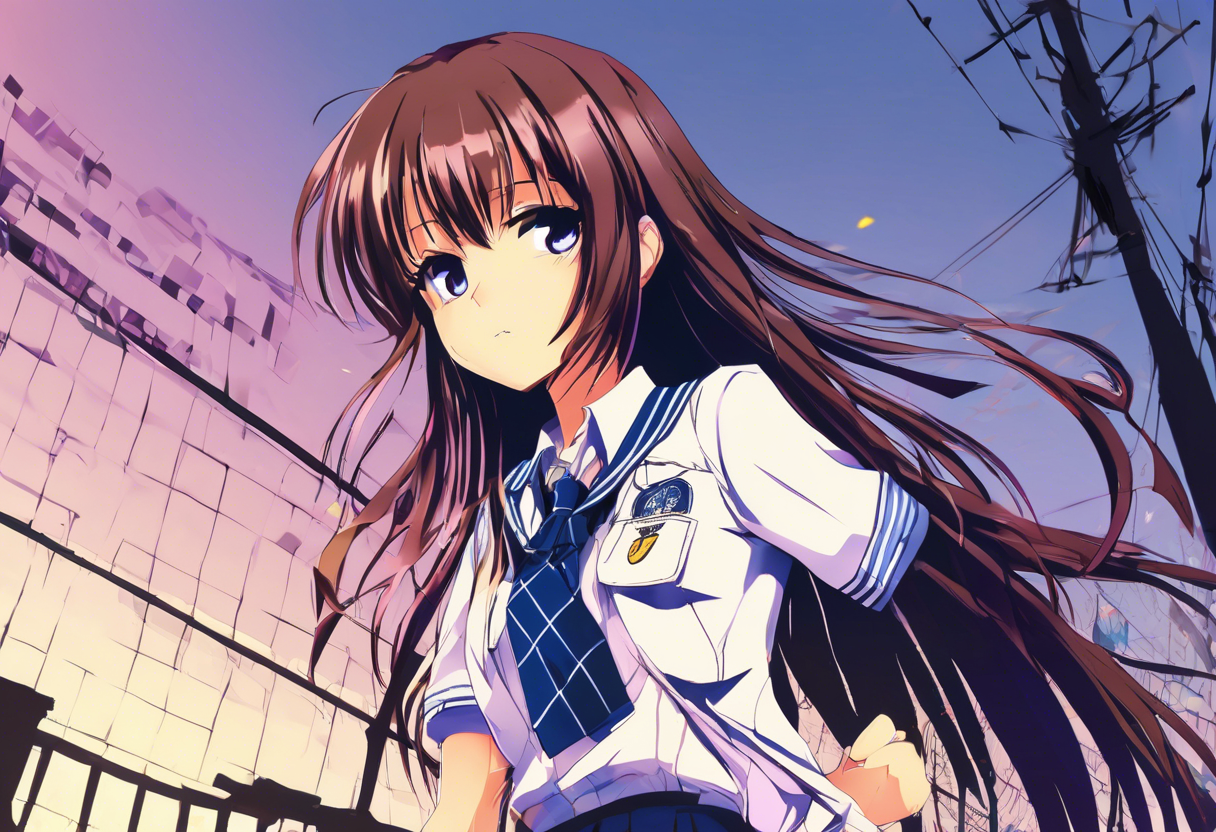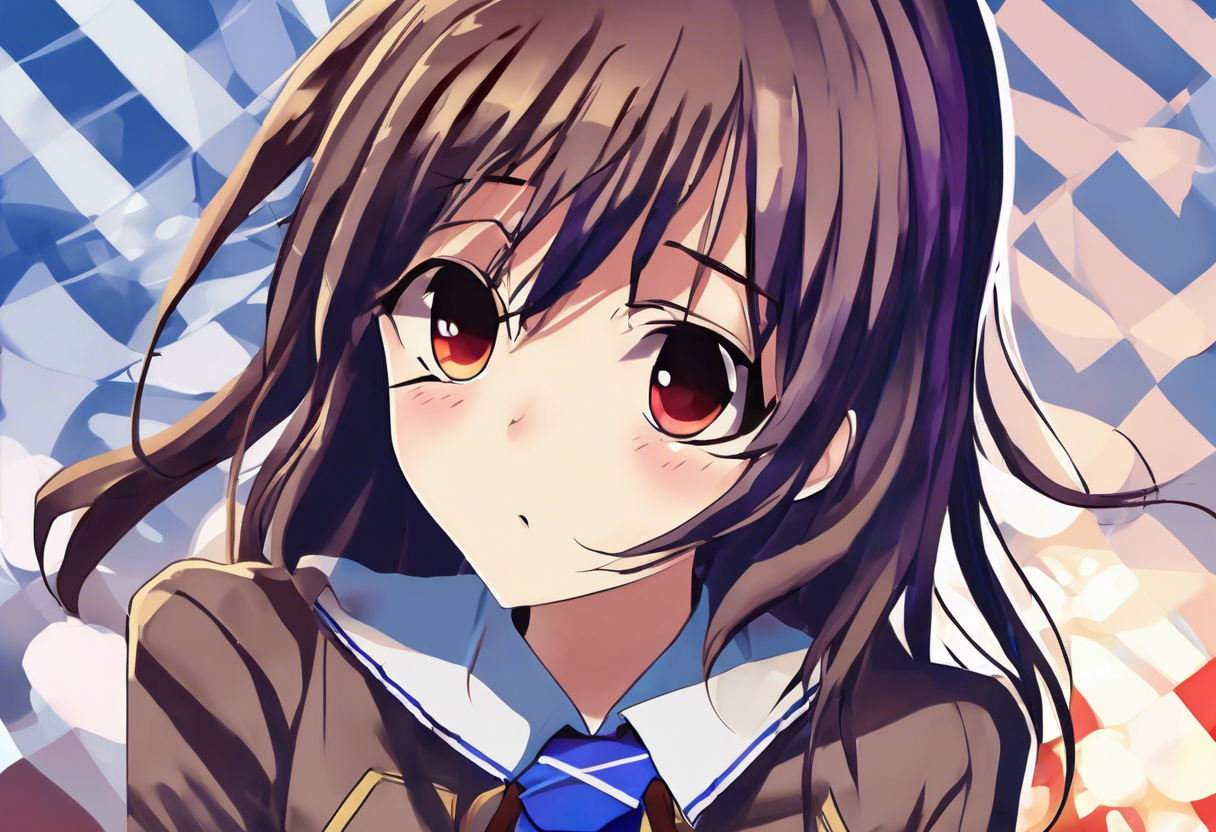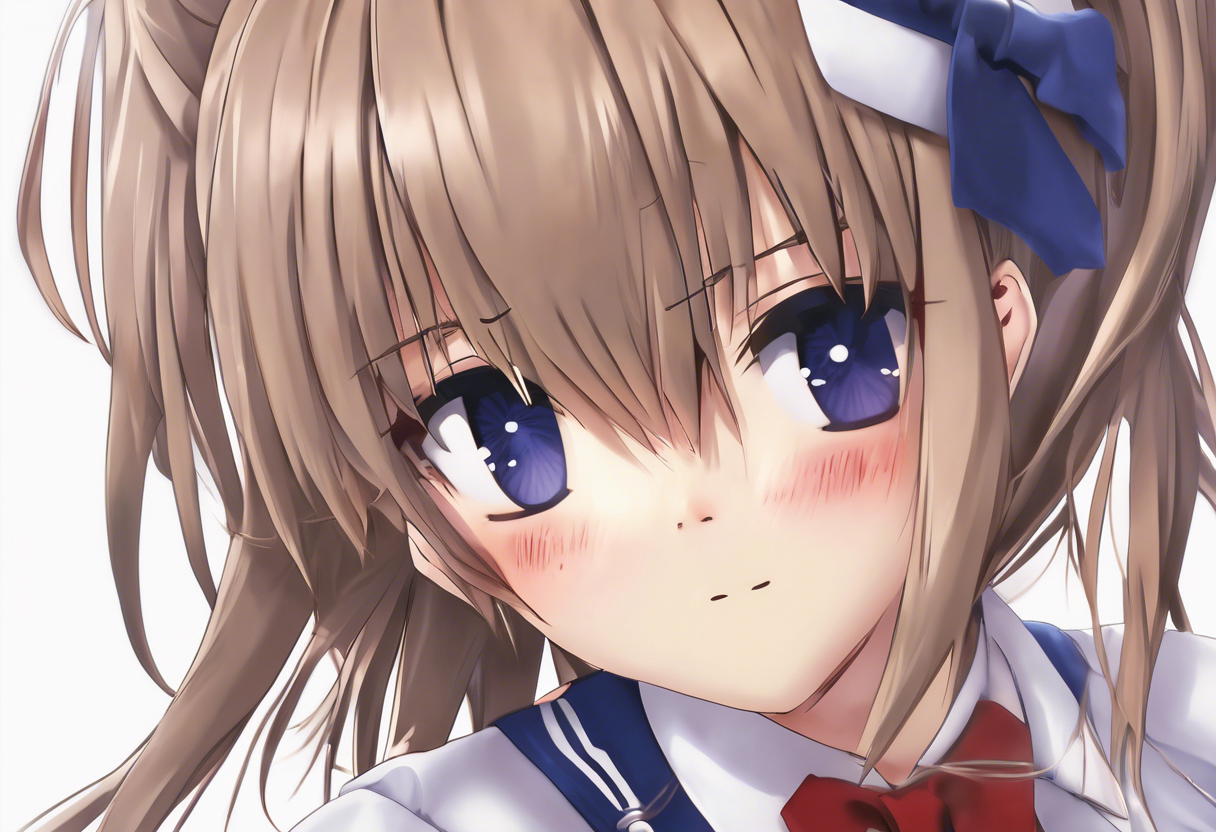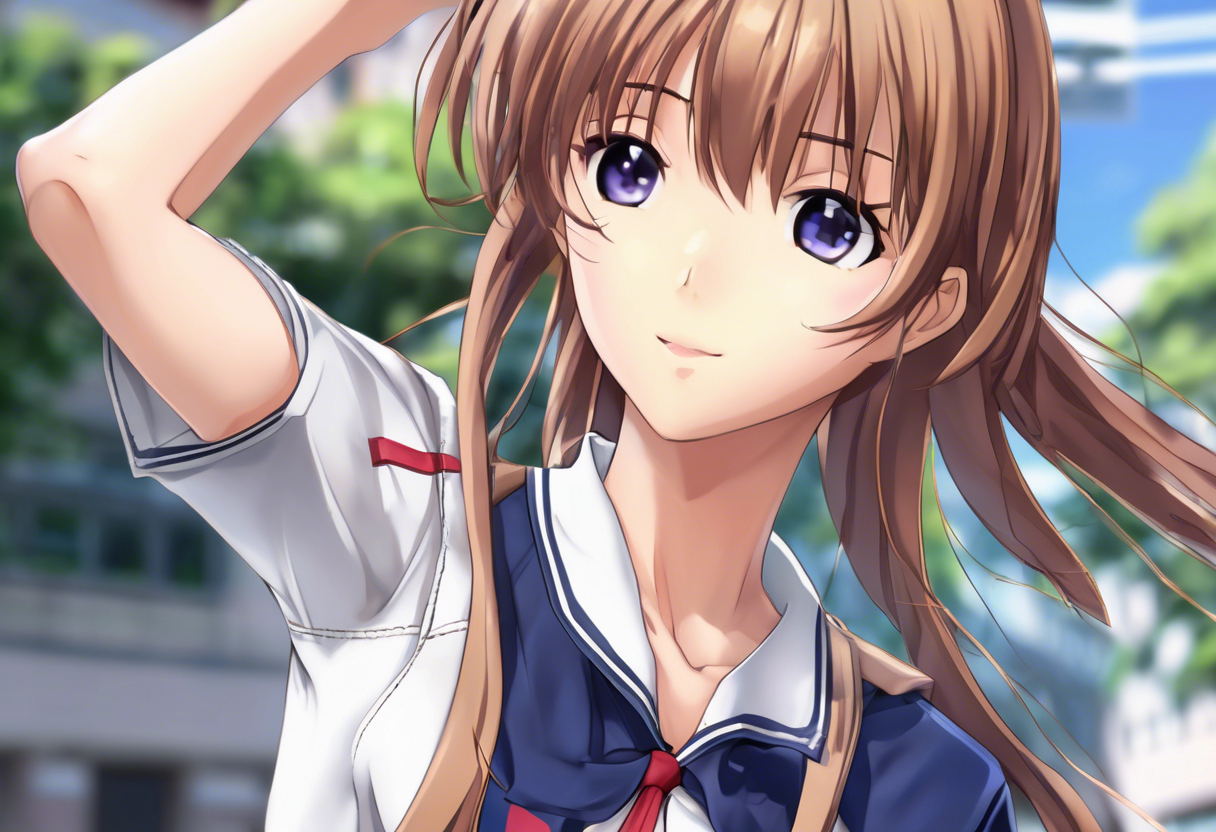Shiori Sekine: The Playful Bassist with a Prankster Side
Introduction
Shiori Sekine is a memorable supporting character from the 2009 anime Angel Beats!, known primarily as the bassist of the in-story band Girls Dead Monster. Created by the original Angel Beats! team at P.A. Works and Aniplex, her character embodies the spirited yet mischievous youth within the afterlife school setting. With her distinctive long blonde hair and blue eyes, Shiori is visually striking, complementing her lively, playful personality which adds a dynamic contrast to the otherwise intense emotional moments of the series. Her creation serves to enrich the group dynamics of Girls Dead Monster, a key narrative element representing the characters’ struggle with regrets and insecurities, as well as illustrating themes of friendship and personal growth within the story’s broader focus on life after death and acceptance[1][4][2].
Within the narrative of Angel Beats!, Shiori Sekine’s role centers on her membership in Girls Dead Monster as the bassist, providing not only musical accompaniment but also comic relief and camaraderie. While not as musically gifted as her bandmates, Shiori’s dedication and enthusiasm compensate for her technical weaknesses, highlighting themes of perseverance and teamwork. She is closely allied with her best friend Irie Asuri, often engaging in mischievous pranks that provide lighthearted moments in the series. These antics, although sometimes causing trouble, serve to deepen the character relationships and enhance the group’s chemistry. Shiori’s involvement in performances and interactions with other characters, like Hisako and Miyuki, showcase her evolving maturity and social bonds. Though she occupies a supporting role, her presence is essential for illustrating the everyday lives and emotional growth of the younger students in the afterlife school. Her arc, while subtle and less central than that of main protagonists, contributes to the texture and emotional resonance of the show[2][4].
Shiori’s personality can be described as spontaneous and mischievous, often acting on whims that annoy or surprise those around her. This rascal-like trait makes her both endearing and relatable, as she embodies the youthful desire to challenge norms and enjoy freedom, even in a posthumous context. She displays considerable loyalty to her friends, especially Irie and Miyuki, reinforcing the strong bonds formed in their shared experiences. Despite her lack of skill as a bassist, Shiori shows determination and willingness to improve, which adds depth to her character as one who is not defined solely by talent but by heart and effort. Her strengths lie in her social agility and ability to lighten tense situations, while her weaknesses include a tendency to shirk consequences and difficulty in serious or confrontational moments. Throughout the series, Shiori’s personal growth is implicit, as she gradually balances her playful nature with increased responsibility and awareness of the emotional stakes in their transient world[2][4].
Symbolically, Shiori Sekine represents the youthful exuberance and imperfection within Angel Beats!’ exploration of unresolved regrets and the quest for meaning after death. Her role as the bassist, albeit not a virtuoso, underscores the theme of contribution beyond skill—how participation and spirit enrich communal bonds. The pranks she orchestrates symbolize a resistance to stagnation and an embrace of spontaneity, reflecting the show’s broader philosophical message that life’s fleeting moments are precious and worth savoring despite hardships. Moreover, her blond hair and vibrant presence contrast with more stoic or tragic characters, reinforcing a motif of diversity in coping mechanisms and personalities in the face of metaphysical uncertainty. Through Shiori, the anime communicates the emotional truth that every individual’s flaws and joys are vital threads in the fabric of life and afterlife[1][2][4].
Culturally, Shiori Sekine has gained a niche fan following primarily among Angel Beats! viewers who appreciate her lighthearted and relatable attributes. Though not the central figure of the series, her association with the popular band Girls Dead Monster extends her reach into related media, including soundtrack releases and character goods. Fans often highlight her playful nature and friendship dynamics in discussions and fan works, contributing to the enduring appeal of Angel Beats! characters. While she may not inspire the depth of cosplay or merchandise dedicated to main characters, Shiori’s distinct personality ensures her steady recognition among anime fandom circles. Her influence is seen in subsequent anime bands where characters blend imperfection with passion, making groups feel authentic rather than idealized[1][2][4].
Critical reception of Shiori Sekine has been mixed but generally positive within the scope of supporting characters. Reviewers commend her for bringing levity and humanizing touches to the series, aiding in balancing the heavier, existential themes of Angel Beats!. However, some critics note that her character development is relatively limited, with a focus on comedic relief rather than deep narrative transformation. Fans of the band Girls Dead Monster often praise her energetic presence and interactions with fellow band members while acknowledging her lesser musical prowess as an intentional character trait rather than a flaw in writing. Differing interpretations range from seeing her as a symbol of youthful defiance to a portrayal of the learning curve that every person undergoes, making her a relatable if not pivotal figure in the anime’s narrative ecosystem[2][4].
Shiori Sekine’s legacy lies in her contribution to the richness of Angel Beats! as a character who embodies the joy and turbulence of youth in a supernatural setting. She demonstrates that supporting characters can significantly enhance thematic depth and emotional balance in ensemble casts. Through her spirited, imperfect, and loyal nature, Shiori has influenced the portrayal of similar archetypes in anime involving school bands and afterlife narratives. While not an archetype creator per se, her presence supports evolving character dynamics where camaraderie and individuality coexist, helping to define the texture of youth-oriented anime stories. Her legacy endures as a vibrant example of how even secondary characters can leave a lasting impact on audience engagement and genre development[1][2][4].

